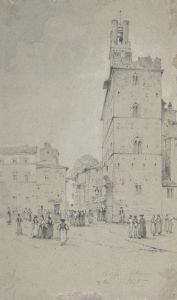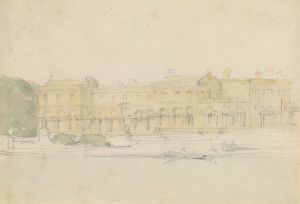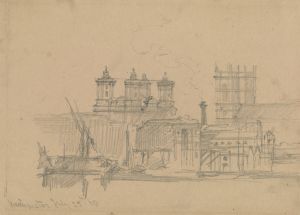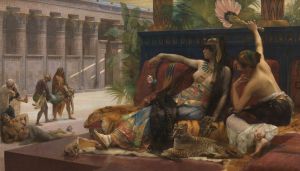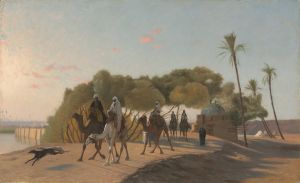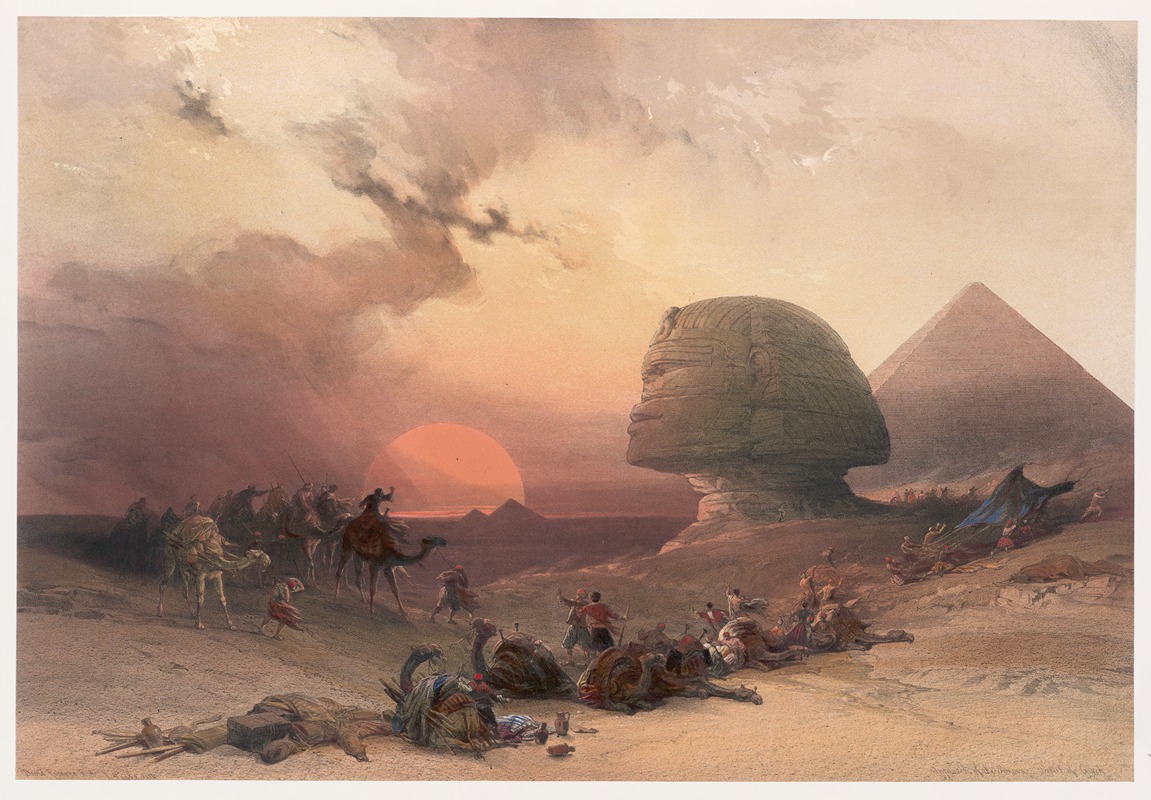
Approach of the simoom. Desert of Gizeh.
A hand-painted replica of David Roberts’s masterpiece Approach of the simoom. Desert of Gizeh., meticulously crafted by professional artists to capture the true essence of the original. Each piece is created with museum-quality canvas and rare mineral pigments, carefully painted by experienced artists with delicate brushstrokes and rich, layered colors to perfectly recreate the texture of the original artwork. Unlike machine-printed reproductions, this hand-painted version brings the painting to life, infused with the artist’s emotions and skill in every stroke. Whether for personal collection or home decoration, it instantly elevates the artistic atmosphere of any space.
"Approach of the Simoom, Desert of Gizeh" is a painting by the Scottish artist David Roberts, known for his detailed and romanticized depictions of the Middle East and North Africa. Roberts was a prominent figure in the 19th century, celebrated for his ability to capture the grandeur and mystique of ancient sites and landscapes during a time when European interest in the Orient was at its peak.
David Roberts was born in 1796 in Stockbridge, Edinburgh, and initially worked as a house painter before pursuing a career in art. He gained recognition for his theatrical scene designs, which eventually led him to focus on landscape painting. His travels to the Middle East in the 1830s and 1840s were particularly influential in shaping his artistic career. Roberts embarked on a journey to Egypt and the Holy Land in 1838, a trip that would inspire much of his subsequent work.
"Approach of the Simoom, Desert of Gizeh" is one of the many works that resulted from Roberts' travels. The painting depicts a dramatic scene in the desert near Gizeh, capturing the moment before the arrival of a simoom, a powerful and potentially deadly desert windstorm. The simoom is known for its intense heat and sand-laden gusts, which can create an almost apocalyptic atmosphere. In the painting, Roberts skillfully conveys the sense of impending danger and the harsh beauty of the desert landscape.
Roberts' work is characterized by its meticulous attention to detail and its ability to evoke the exotic allure of the regions he visited. His paintings often feature architectural elements, such as ancient ruins and monumental structures, set against vast and dramatic landscapes. In "Approach of the Simoom, Desert of Gizeh," the artist captures the stark contrast between the timelessness of the desert and the transient nature of the storm.
The painting is part of a larger body of work that Roberts produced following his travels, which included a series of lithographs published in "The Holy Land, Syria, Idumea, Arabia, Egypt, and Nubia." This collection was highly influential and contributed to the Western fascination with the Orient during the 19th century. Roberts' works were praised for their accuracy and artistic merit, providing a glimpse into regions that were largely unfamiliar to European audiences at the time.
Roberts' paintings, including "Approach of the Simoom, Desert of Gizeh," are considered important historical documents as well as works of art. They offer insight into the landscapes and cultures of the Middle East and North Africa during the 19th century, reflecting both the artist's personal experiences and the broader context of European exploration and imperialism.
Today, David Roberts is remembered as one of the foremost Orientalist painters of his time. His works continue to be studied and appreciated for their artistic quality and their contribution to the understanding of 19th-century perceptions of the Middle East. "Approach of the Simoom, Desert of Gizeh" remains a testament to Roberts' skill in capturing the dramatic and often harsh beauty of the desert landscape.





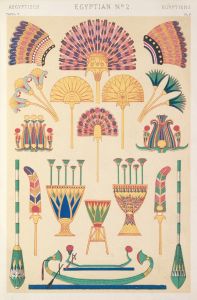
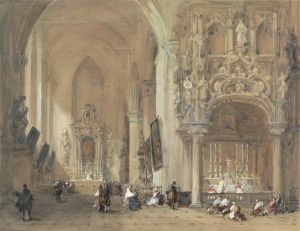
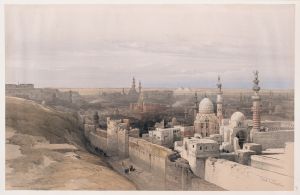

![Karnac [Karnak]. Nov. 29th, 1838.](/imgs/217502/s/david-roberts-karnac-karnak-nov-29th-1838-8df2346d.jpg)
![One of two colossal statues of Rameses [sic] II. Entrance to the Temple at Luxor.](/imgs/217522/s/david-roberts-one-of-two-colossal-statues-of-rameses-sic-ii-entrance-to-the-temple-at-luxor-473c42e1.jpg)
![Temple at Wady Dabod [Wadi Dâbûd], Nubia.](/imgs/217543/s/david-roberts-temple-at-wady-dabod-wadi-dabud-nubia-14fd5f6c.jpg)
![The Great Sphinx, Pyramids of Gizeh [Giza]. July 17th, 1839.](/imgs/217557/s/david-roberts-the-great-sphinx-pyramids-of-gizeh-giza-july-17th-1839-98f269c8.jpg)
![View on the Nile looking towards the pyramids of Dashour [Dahshûr]and Saccara [Saqqârah].](/imgs/217572/s/david-roberts-view-on-the-nile-looking-towards-the-pyramids-of-dashour-dahshurand-saccara-saqqarah-6cb692fe.jpg)
